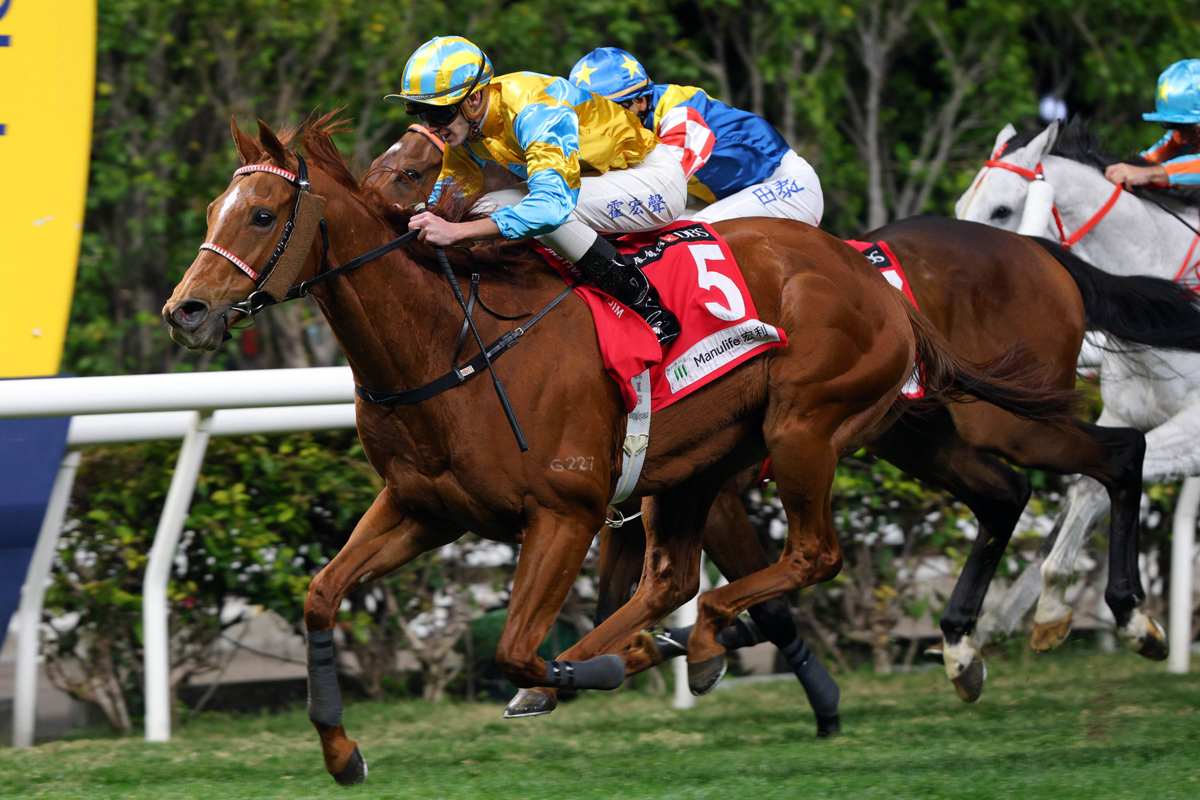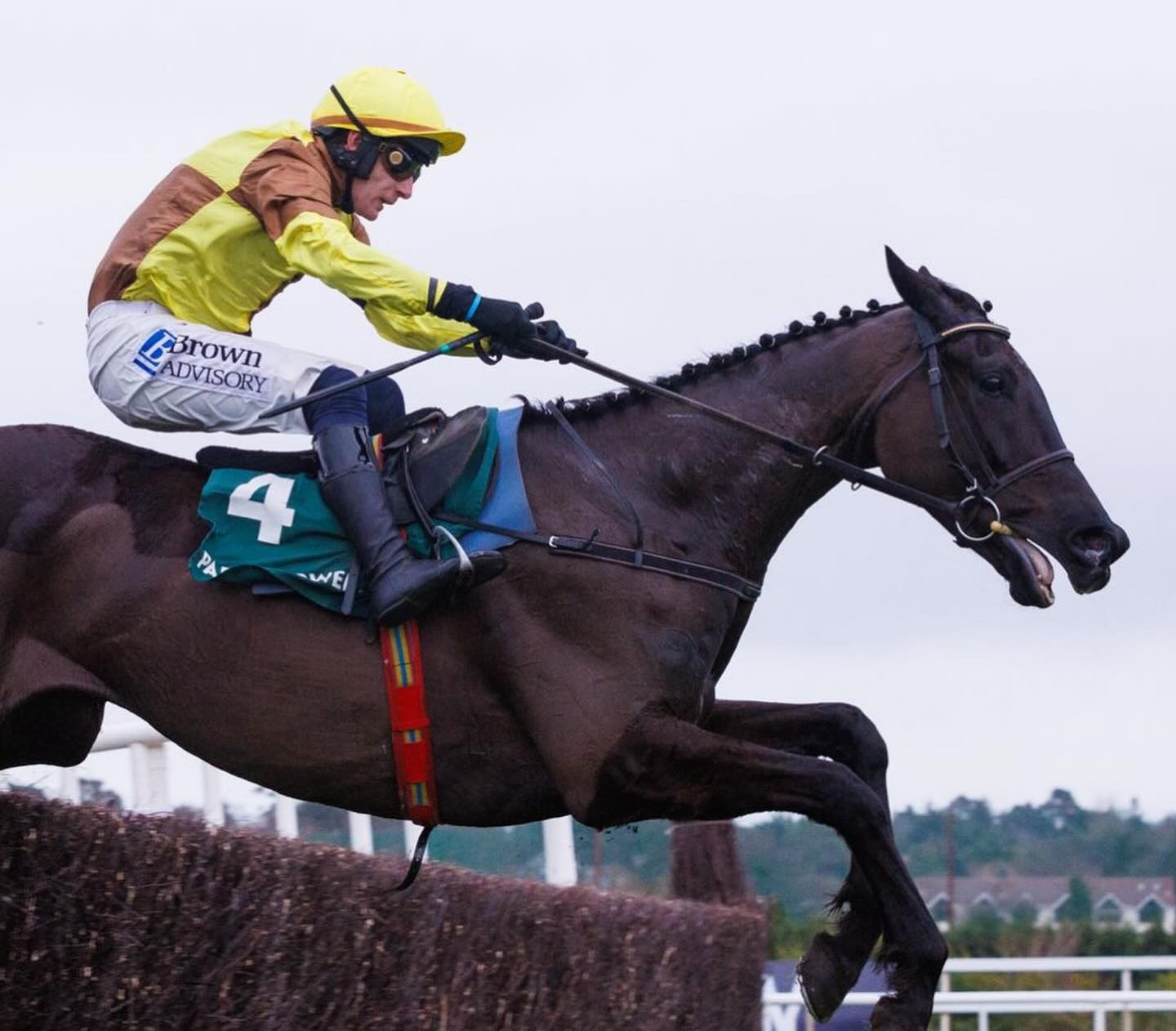If, by the generally accepted rule, an inch of rain equals a foot of snow, Lexington would have been buried under roughly 13 feet of the white stuff at the end of April. As it was, the state endured a record 13 inches of boring old rain during the month, which at times came down so hard that drivers had to pull over in want of seeing more than water through their windshields.
The near three-week deluge coincided almost exactly with Keeneland’s 75th anniversary spring meet, a tough break for a track that conducts live racing just 30 days out of the year. But what could have been a financial disaster wasn’t. In fact, numbers were even up a bit from 2010.
Attendance stood at 241,684, third-highest for a spring meet ever, and up marginally from last year’s figure of 238,282. On-track handle was up 3% to $18,473,700, while all-sources handle was up 9%, to $121,013,584. Just as important, Keeneland once again enjoyed a sterling safety record. There wasn’t a single equine fatality during afternoon racing this spring, and only one training fatality. That means that since Keeneland installed its Polytrack surface in advance of the fall 2006 meet, there has been only racing fatality during the spring meet in the past five years, and that was caused by a heart attack in April 2010.
Polytrack
Not surprisingly, Keeneland officials give much of the credit of the recent meet’s success to the track itself. (Keeneland, it should be noted, co-owns Polytrack.) Polytrack has a vertical drainage system that allows water to flow right through the surface to the drainage apparatus–as does nearly every all-weather track. But in direct contrast to Santa Anita, which recently replaced its all-weather track, in part because of lingering drainage problems-Keeneland’s surface came through with flying colors.
“We had more rain in April than we’ve ever had before, and the track was just spectacular,” Nicholson said. “The problems (Santa Anita) had with drainage are so different than the experience we had. In April, through all this record rain, this was virtually not a puddle anywhere on this racetrack at any moment. They can and should drain properly.
Before, we would have been faced with a lot of scratches and extremely short fields” Nicholson continued. “Stakes races and graded races would have lost their competitive edge, and it would not have been near the race meet had this track not drained so well. Much to our surprise, our fields were actually bigger this year–up nearly half a horse per race–and last year’s meet had great weather. Horses were able to work safely on the track in the morning, and race safely and formfully in the afternoon. And all this was against very adverse weather conditions.”
In addition to the success of the Polytrack, Nicholson gave kudos to Keeneland’s publicity and marketing departments. “You almost have to work at one of these racetracks to realize how many people it takes, doing totally different functions, to make a successful race meet,” he said. “And this was a very good example of team working well together under adverse circumstances.”
Nicholson said Keeneland’s unique position, as a company that also runs the most lucrative four-sale series in the world, also allows it to be a sort of laboratory for new ideas in racing, ideas that may eventually be applied to other aspects of the industry. “We can’t be afraid to fail, and we can’t do only sure things,” he said when asked about trying out new things.
Trakus
As an example, he pointed to Keeneland’s installation of Trakus a few years ago.The horse-tracking system uses digital and radio technology to give, among other things, fans an accurate running order of horses in real time during a race. Trakus is co-owned by TDN publisher Barry Weisbord. “Our fan base loves Trakus, and I think that Trakus is part of the explanation of our attendance growth, because it allows our fans to see the strategy of a race unfold in a way they never had before,” said Nicholson. “They can watch their horse every step of the way in a much more substantive way.”
Smartphone system
Other new ideas put into motion include a smartphone system that will allow handicappers to bet from their mobile devices. Keeneland hopes to launch the system this fall, at the same time an advance-deposit wagering site, designed with TwinSpires, is expected to go live.
Nicholson believes it is important for racing to embrace new technologies, he said that if Keeneland is indeed a laboratory for the sport, its most successful experiment has been its switch to an allweather track, and Keeneland’s subsequent safety record.
“Safety is one of the key components of building attendance, and you cant talk about the safety of our athletes without having a cerebral conversation about these new tracks vs. the old tracks,” he said.
“By the very definition of building attendance, you are appealing to people who are not there frequently. Bigger attendance means new people, new people mean fresh eyes, and fresh eyes will not accept the types of things that people that have been going to the track for the last 40 or 50 years have become accustomed to.
The same goes for corporate sponsors–they don’t want to be involved with a sport that isn’t responsible. I think racing can have a very bright future, but I think one of the keys to that is that we build off a proper foundation.
The foundation you have to build on is what the modern sports fan demands in all their sports. Number one is that it has to have integrity–on wagering systems, on rules, on drugs.
The other thing is that you have to demonstrate care, concern and protection for the athlete. The safety of our human and equine athletes have to be our number-one priority, and it’s going to be a critical piece of our overall strategy moving forward.” – by Lucas Marquardt








